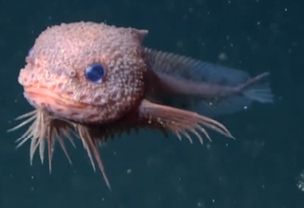animalbiotelemetry.biomedcentral.com
Acoustic telemetry provides mortality estimates for threatened river sharks in the Northern Territory, Australia - Animal Biotelemetry
Natural mortality can be used as a measure of a species’ resilience and is widely used in the management of fish species. Natural mortality can be calculated using life history parameters, although this is often not possible for data-poor species. Acoustic telemetry provides an accurate alternative to estimate natural mortality based on relocations over time. Northern Australia’s river sharks, the Northern River Shark (Glyphis garricki) and Speartooth Shark (G. glyphis), are two rare and threatened species occurring in rivers, estuaries, and inshore marine waters. This study aimed to use acoustic telemetry to estimate natural mortality across a range of size classes and explore the effect of size class, season, and location on mortality rates. An acoustic receiver array was deployed in rivers of Van Diemen Gulf, Northern Territory, Australia. Detections from 185 sharks between 2013 and 2024 were converted into capture histories, which were used to calculate yearly and monthly estimates of mortality. Data demonstrate that river sharks experience high rates of mortality. Younger individuals had significantly higher rates of mortality, with G. glyphis and G. garricki neonates experiencing average yearly mortality rates of 0.898 and 0.731, respectively, compared with 0.120 and 0.233 in subadults/adults. Although mortality was highly variable temporally, over months and years, there were no significant differences between seasons, years or location, and there was no significant difference between species. Results indicate that river sharks in Van Diemen Gulf likely have very limited capacity to recover from population decline and are therefore vulnerable to environmental change and anthropogenic threats. Population monitoring and habitat management is critical to ensure the persistence of river sharks into the future.

 John P. Friel, Ph.D.
John P. Friel, Ph.D. 





































